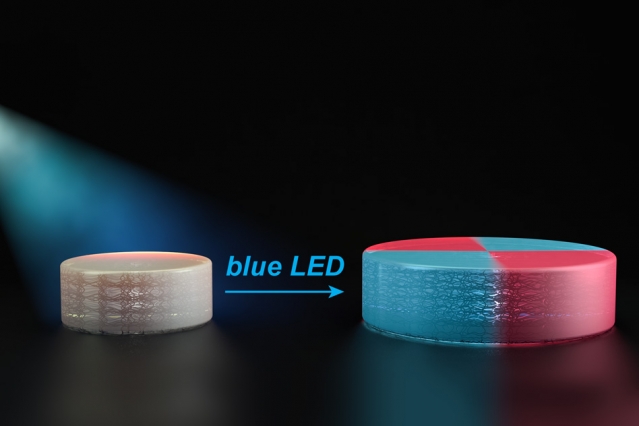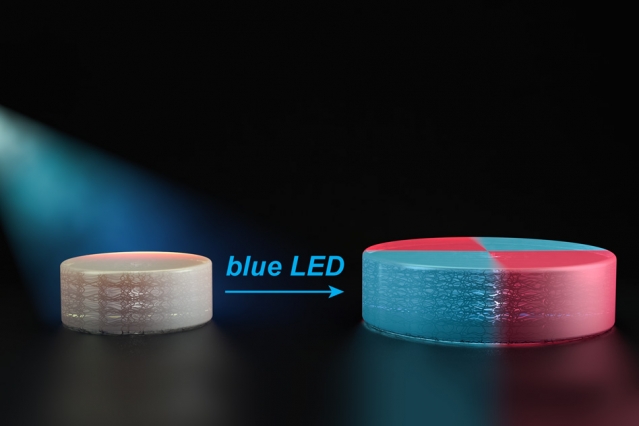Scientists create 3D-printed objects that can change shape after they’re printed


3D printed plastics tend to remain pretty stable over time. For example, your 3D-printed Yoda wont turn into a Chewbacca head without some severe plastic trauma until now. Scientists at MIT have created a 3D printing technique that allows you to change the polymers in an object after printing. This means you can grow or shrink and object, change its color, and even change its shape completely.
The idea is that you could print a material and subsequently take that material and, using light, morph the material into something else, or grow the material further, said Jeremiah Johnson, Associate Professor of Chemistry at MIT. Postdoc Mao Chen and graduate student Yuwei Gu led the research and wrote a paper on the findings.
The technique is called living polymerization and it creates materials whose growth can be halted and then restarted later on, according to the release.
The team first used a technique that involved a 3D printed object inside a solution. When you shined a UV light on the object while it was inside a solution the resulting chemical reaction released free radicals. These free radicals then bound to other monomers inside the solution, adding them to the original object. This was too reactive, however, and damaged the object.
This let them create objects that changed stiffness in UV light and could grow and shrink when heated or cooled. They could even fuse two objects with just UV light.
Sadly you won’t be able to use this technology to morph a Millennium Falcon into the Death Star yet. However, the technology should make for some interesting materials experiments at MIT.